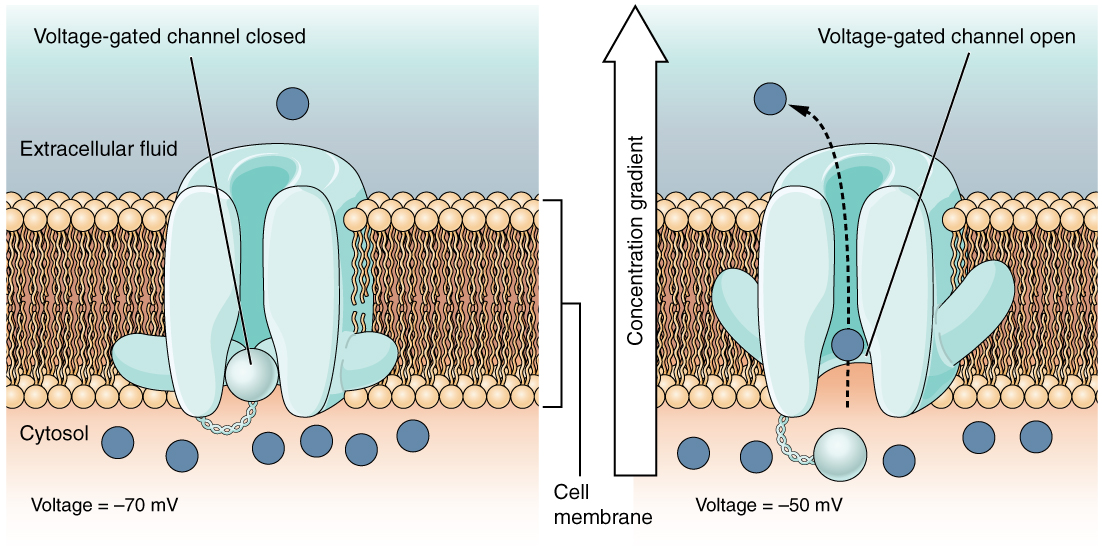This is a default text for your page Clara Costa D'Elia/Sandbox 1. Click above on edit this page to modify. Be careful with the < and > signs.
You may include any references to papers as in: the use of JSmol in Proteopedia [1] or to the article describing Jmol [2] to the rescue.
introduction
Photosynthesis represents the main source of energy sustaining life on earth. The primary process of photosynthesis starts with the absorption of sunlight by an arrangement of photosynthetic pigments embedded into a proteic matrix called the light harvesting (LH) antenna complexes. The excitation energy of
photosynthetic pigments is then transferred to the photosynthetic reaction center where it is converted into chemical energy. The primary process of photosynthesis occurs with a quantum yield close to unity.
Most photosynthetics pigments are chlorophylls (Chl), bacteriochlorophylls (BChl), and carotenoids, they represent the keystone for energy storage in photosynthetic organisms.
By convention, the y molecular axis of chlorophylls and bacteriochlorophylls is defined as the axis passing through the N atoms of rings A and C;
The spectrum of photosynthetic pig-
ments exhibits essentially two characteristic absorption bands
(Figure 2): one of them called the Soret band can be found in the
UV region and is a complex band composed of a large series of
electronic transitions. The other called Q is in the visible region
of the spectrum and is the most important for the photophysics
involved in the photosynthetic process
Function
light-harvesting complexes make possible for Purple bacterial to maximize the spectrum of light avaiable to them, modifyng the absorption properties of their chromophores; The energy absorbed is used in the bacteria photochemistry.
In the LHC The proteins determine the disposition of the pigments, therefore changing and influencing their absorption spectra.
In non-sulphur purple bacteria this energy is trapped by the peripheral light-harvesting complexes (LH2) and core complexes composed of light-harvesting 1 and reaction centre (LH1/RC). The properties and times scales of energy transfer arise from the relative pigment interaction energies and pigment site energy disorder. These in turn are controlled by factors such as inter-pigment geometries and their interactions with protein and membrane environments.
[3]

